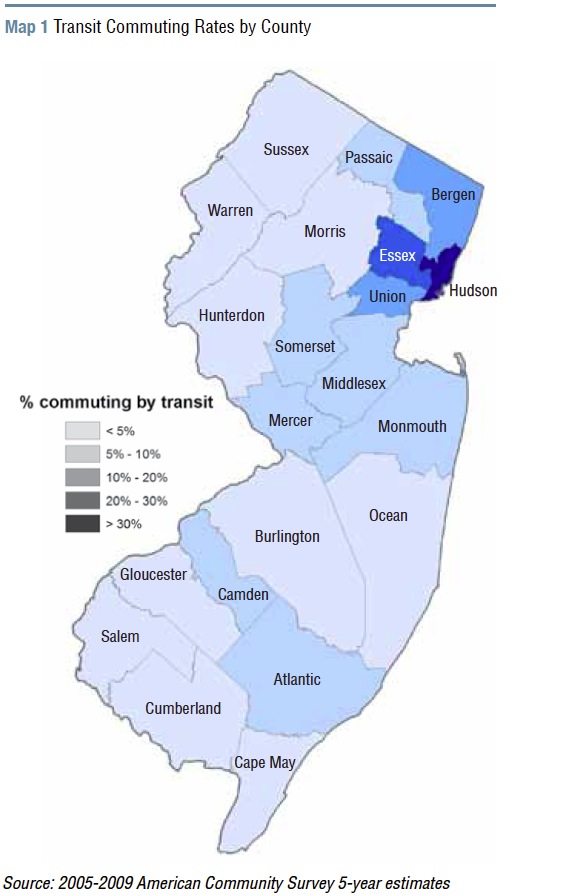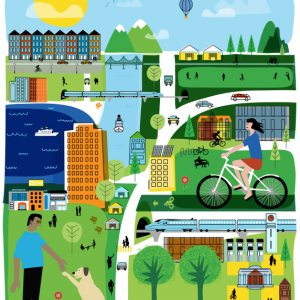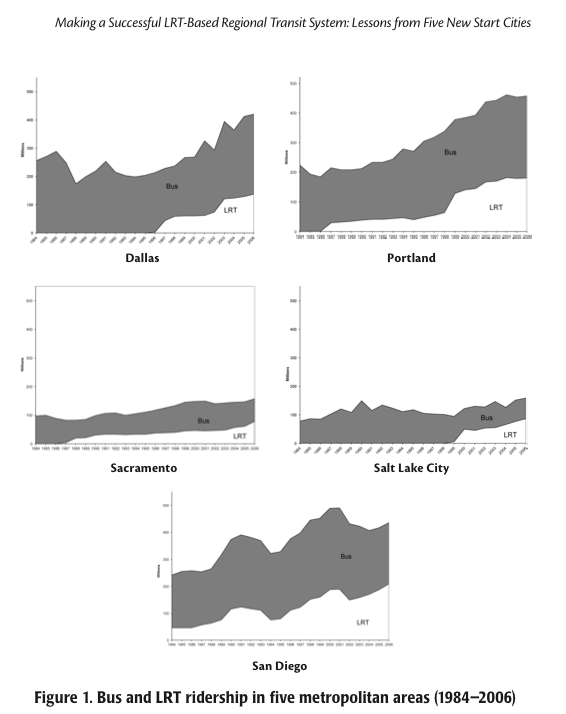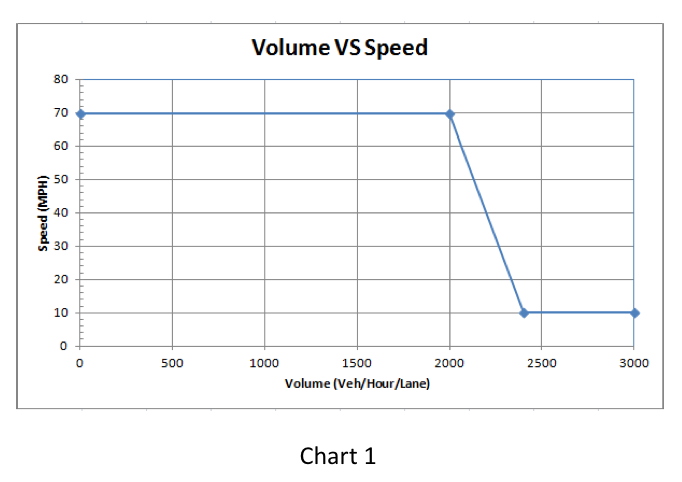
NEW JERSEY FUTURE
New Jersey is in possession of a valuable resource: one of the most extensive public transportation systems in the country, an artifact of a transportation past that pre-dates the Interstate Highway System and the omnipresence of the automobile. The legacy bequeathed by this resource is a rate of transit commuting that is second highest among the 50 states. Transit ridership creates many societal, economic, and personal benefits: for example, reducing congestion on the state’s roads; alleviating the emission of pollutants and greenhouse gases; reducing the need for vehicle ownership; and freeing up commuters’ time for other uses (reading, sleeping, etc.) rather than having to pay attention to the road. In general, transit creates efficiencies and reduces the per-capita impact of the transportation system by allowing multiple travelers to share the ride.
View this complete post...
Tags: New Jersey, New Jersey Future, Transit Ridership
Posted in
Aging Infrastructure, Congestion, Infra Views, Local, Public Transportation, Rail, Transit
Comments Off on Targeting Transit: Assessing Development Opportunities Around New Jersey’s Transit Stations



















 RSS Feed
RSS Feed